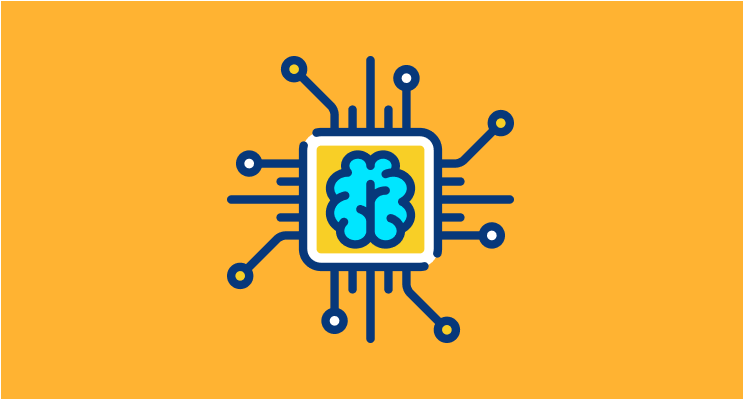Cache Strategies to Optimize API Performance

Implementing cache strategies is an effective approach to optimizing API performance, reducing response time, and minimizing server load. Here are some essential cache strategies and techniques for APIs:
- Response Caching:
– Cache responses from the most frequent API requests to avoid repetitive processing of identical requests.
– Configure cache time-to-live (TTL) based on data update frequency and tolerance for stale data.
- Query Result Caching:
– Cache results from frequent database queries to reduce load on database servers.
– Use an appropriate cache invalidation strategy to ensure cached data is updated when underlying data changes.
- Authentication and Authorization Caching:
– Cache authentication and authorization information to avoid repetitive validation of access tokens and user permissions on each request.
– Consider using long-lived access tokens (such as JWTs) to reduce token renewal frequency and thereby decrease load on authentication servers.
- Static Resource Caching:
– Cache static resources such as images, CSS files, and JavaScript to speed up page loading and improve user experience.
– Configure cache-control headers and etags appropriately to control cache behavior of browsers and proxies.
- Partial Response Caching:
– Implement caching of partial responses for resources that are frequently updated but have static parts that can be cached.
– Split API response into dynamic and static parts and cache only the static parts to reduce server load.
- Distributed Caching:
– Utilize distributed caching to share cached data across multiple servers and ensure data consistency in distributed environments.
– Consider solutions like Redis or Memcached to implement high-availability, low-latency distributed caching.
- Monitoring and Analysis:
– Monitor cache performance to identify performance bottlenecks, hit rates, and invalidation rates.
– Analyze data access patterns and adjust cache policies as needed to optimize API performance.
- Cache Invalidation Strategies:
– Implement intelligent cache invalidation strategies such as time-based invalidation, event-based invalidation (such as data changes), or manual invalidation through administrative APIs.
- Client-Side Caching:
– Utilize client-side caching whenever possible to locally store data that doesn’t change frequently, thus reducing the need for repetitive API requests.
- Testing and Tuning:
– Conduct load testing and stress testing to assess the impact of cache strategies on API performance.
– Adjust cache policies based on test results to ensure a proper balance between cache efficiency and timely data updates.
By effectively implementing these cache strategies, you can significantly improve your API performance, reduce server load, and provide a better user experience.
JoinAPI can assist you on this digital transformation journey. Contact us!
JoinAPI – Workspace for Identity, API, and Integration design, documentation, debugging, testing, and mocking.